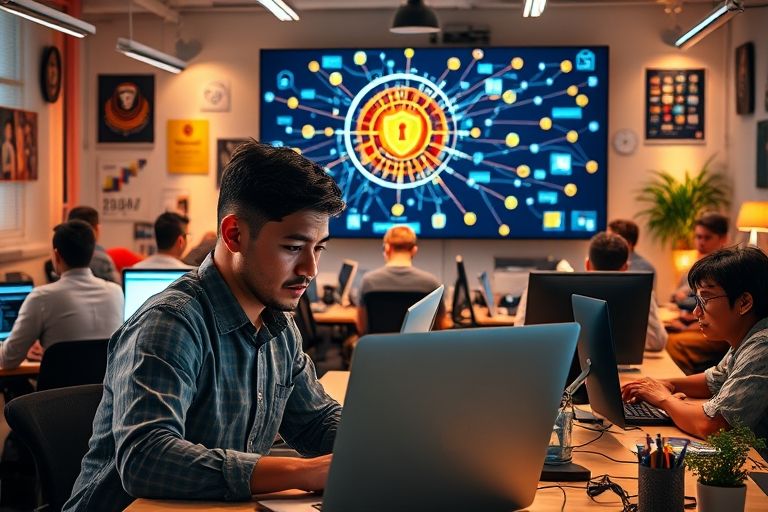
Cybersecurity is a critical issue for businesses, governments, and individuals around the world. With the rise of cybercrime, the need for effective cybersecurity measures has never been greater. While many organizations invest heavily in cybersecurity technologies and practices, end-users also have a crucial role to play in protecting themselves and their organizations from cyber threats.
End-users are individuals who use technology, such as computers, smartphones, or other devices, to access systems and networks. They are often the weakest link in the cybersecurity chain, as cybercriminals frequently target them with phishing, ransomware, and other attacks. However, end-users can also be a significant asset in the fight against cybercrime if they are educated and trained to recognize and respond to potential threats.
As an end-user, there are several things you can do to help protect yourself and your organization from cyber threats:
One of the easiest and most effective ways to protect your accounts and devices is to use strong, unique passwords. Avoid using the same password for multiple accounts, and consider using a password manager to generate and store complex passwords securely.
Software updates often include security patches that address vulnerabilities and protect against known threats. Make sure to install updates regularly on all of your devices and applications.
Cybercriminals often use phishing emails and links to trick end-users into providing sensitive information or downloading malware. Be cautious of unsolicited emails and links, and verify the authenticity of any requests before taking action.
Antivirus and anti-malware software can help detect and remove malicious software that may compromise your devices or steal your data. Make sure to keep these programs up to date and run regular scans.
Stay informed about the latest cybersecurity threats and best practices, and share this knowledge with your colleagues, friends, and family. By educating others, you can help build a culture of cybersecurity awareness and reduce the risk of cybercrime.
End-users play a critical role in cybersecurity, and their actions can have a significant impact on the security of their organizations and personal data. By following best practices, such as using strong passwords, keeping software up to date, being cautious of suspicious emails and links, using antivirus and anti-malware software, and educating themselves and others, end-users can help protect against cyber threats and contribute to a safer online environment.